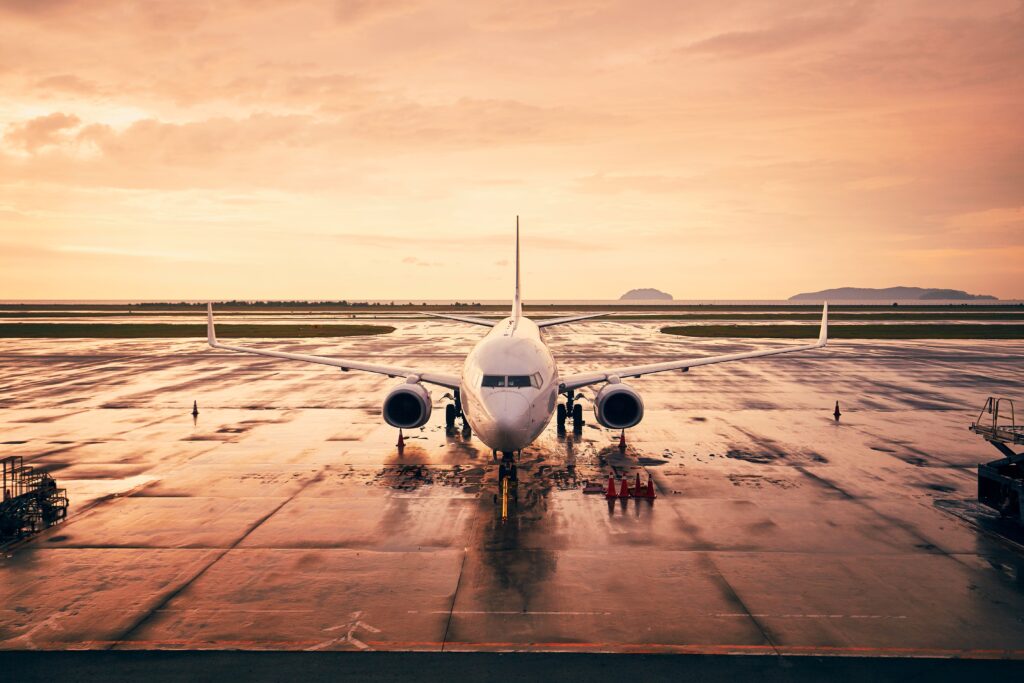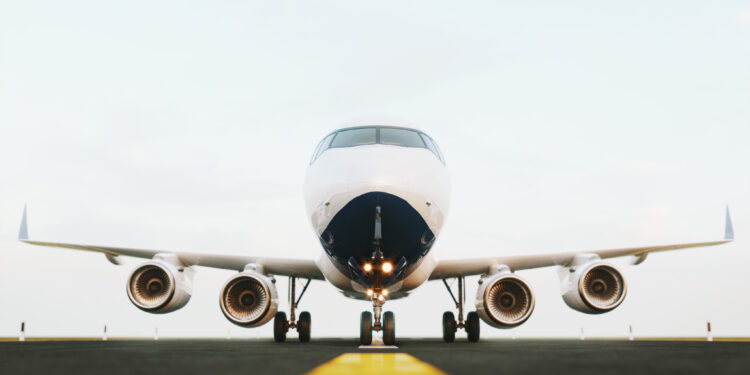Spirit Airlines (SAVE) has reported its second-quarter 2024 financial results, showing revenue of $1.28 billion and significant strategic shifts aimed at redefining low-fare travel. The report reflects Spirit’s ongoing commitment to transform its business model, despite challenging market conditions.
Financial Overview and Operational Highlights
Spirit Airlines posted $1.28 billion in operating revenue for Q2 2024, a 10.6% year-over-year decrease, impacted by intense competition in the budget travel sector and pricing pressures on ancillary services.
The airline recorded a net loss of $192.9 million, translating to a diluted loss per share of $1.76, as elevated industry capacity constrained ticket yields.
CEO Ted Christie commented,
“Summer demand remains strong, but revenue challenges underscore the importance of our transformation plan. We’re committed to offering new, high-value travel options that allow guests to enjoy an elevated experience at an affordable price.”
New Transformation Initiatives and Enhanced Guest Experience
Spirit Airlines recently launched a series of premium travel options, designed to cater to diverse customer needs. The “Go Big,” “Go Comfy,” “Go Savvy,” and “Go” options provide benefits like priority check-in, no change fees, and extended vouchers.
This newly transformed experience aims to enhance customer satisfaction and loyalty as Spirit evolves its low-cost model. Spirit’s transformation includes simplified travel policies, with increased baggage allowances and extended voucher expiration for enhanced customer experience.
Set to launch August 27, 2024, these enhancements support Spirit’s strategy to meet demand for affordable, flexible travel options.

CHECK THIS OUT: Canadian Solar (CSIQ) Reports $1.6B Revenue with Solar and Storage
Cost-Saving Measures and Network Realignment
Spirit introduced $100 million in annual cost-saving measures, aiming to achieve $75 million by year-end 2024. These efforts include suspending pilot and crew recruitment, offering voluntary unpaid leaves, and restructuring non-crew roles. Spirit realigned its network, exiting 42 markets and adding 77 new routes to optimize capacity for demand shifts.
Spirit deferred Airbus deliveries from 2025–2026 to later years, aiming to preserve liquidity and cut capital spending. The company closed the quarter with $1.14 billion in liquidity, strengthening cost management and adaptability.
Fleet Expansion and Fuel Management
During Q2 2024, Spirit took delivery of eight new aircraft, bringing its total fleet to 210. Despite facing challenges with Pratt & Whitney engine availability, Spirit Airlines reported an average fleet utilization of 10.6 hours and achieved a system completion factor of 98.5%, ensuring reliable service for passengers.
Spirit is collaborating with Pratt & Whitney on engine availability issues, expecting $150–200 million in liquidity credits for 2024.
What’s Next for Spirit Airlines
With robust summer demand and a revamped guest experience on the horizon, Spirit Airlines aims to navigate competitive pressures while enhancing its low-cost business model.
The airline anticipates ending 2024 with over $1 billion in liquidity, further strengthening its financial position. Through a balanced approach to cost control, network optimization, and new product offerings, Spirit remains focused on building long-term growth and stability in the highly competitive budget travel market.
READ ALSO: PayPal Beats Q3 Forecasts, Lifts Full-Year Outlook on Strong Growth and JetBlue Exceeds Q3 Targets, Boosts Premium Offerings with EvenMore®.






